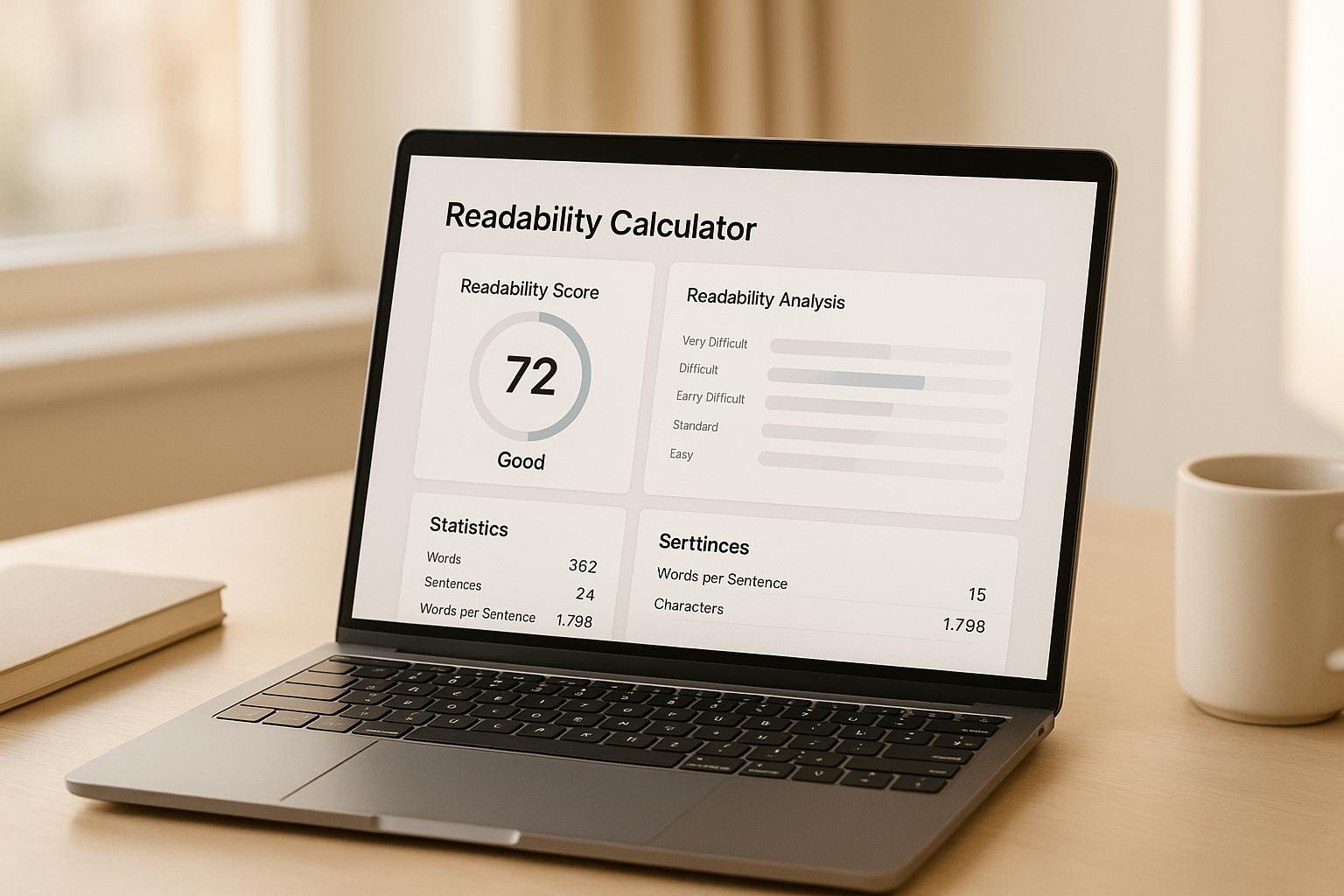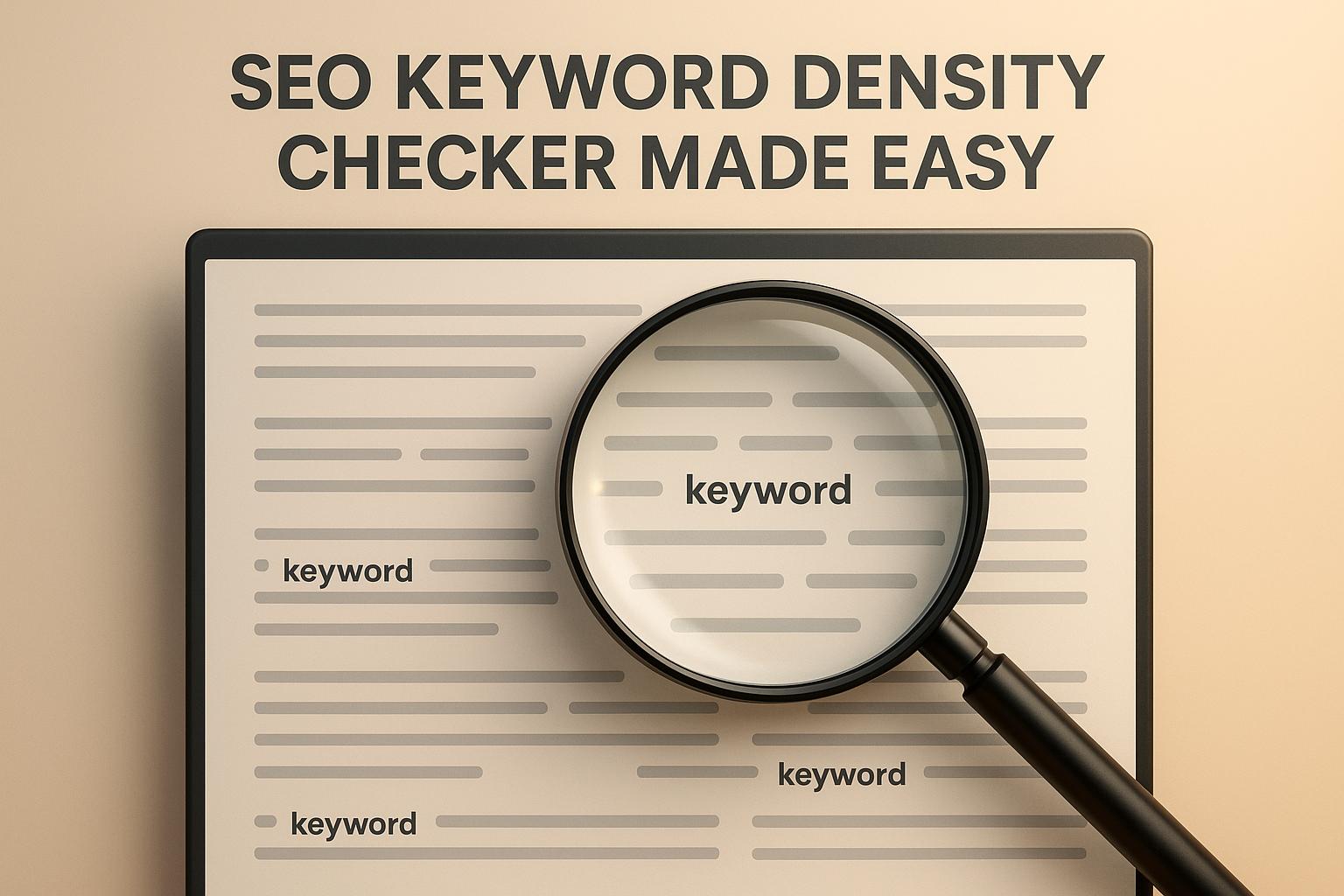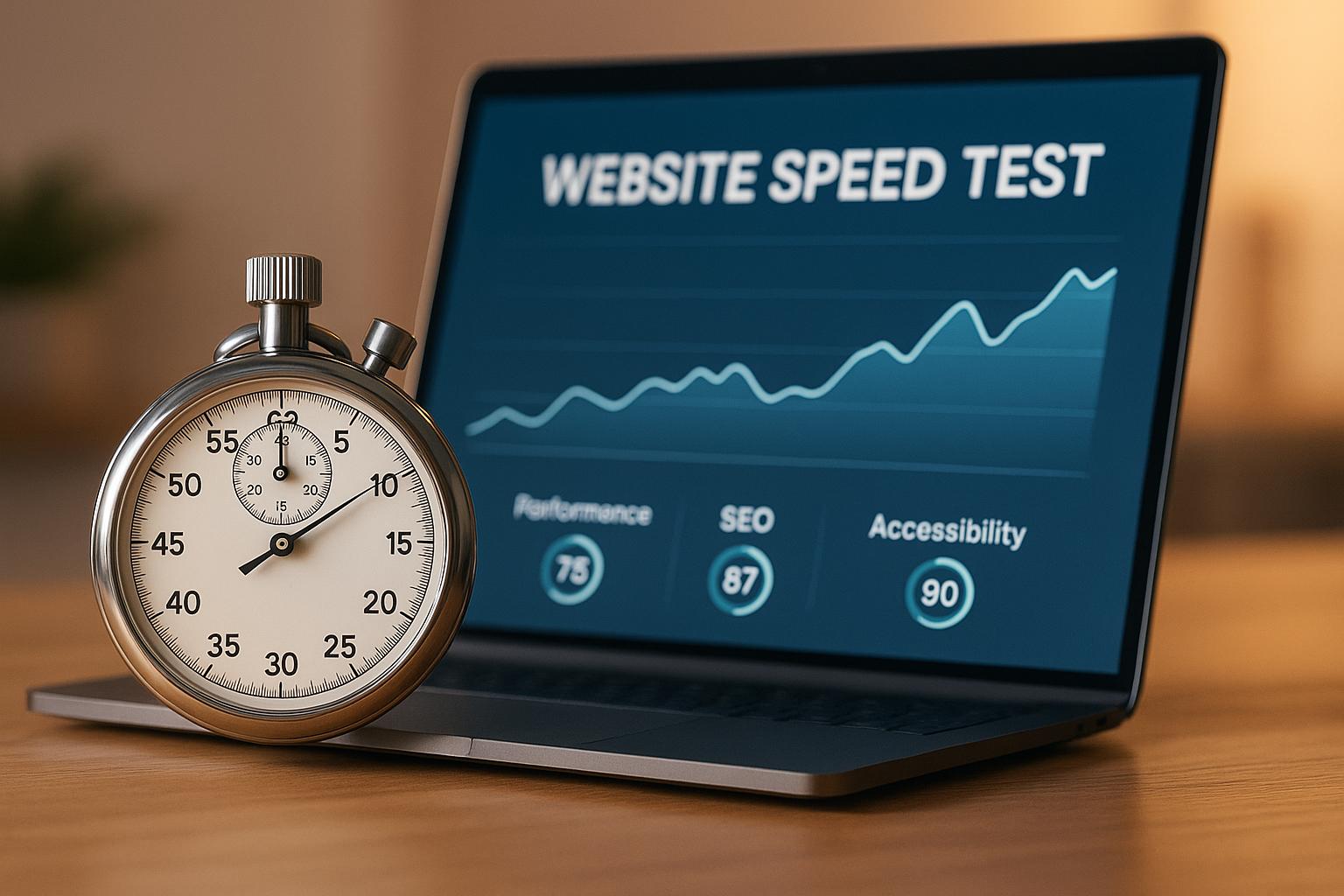

Boost Rankings & Sales with On Page SEO eCommerce

Boost Rankings & Sales with On Page SEO eCommerce
 17-02-2025 (Last modified: 21-05-2025)
17-02-2025 (Last modified: 21-05-2025)
On-Page SEO for eCommerce: A Complete Guide to Boost Visibility and Sales
Running an eCommerce store isn’t just about listing products, it’s about making sure customers can actually find them. That’s where on page SEO eCommerce comes in. With the right strategies, you can optimize your product pages, improve rankings, and increase conversions.
In this super snappy post, we’ll look at on page SEO for eCommerce, and actionable steps to enhance visibility and drive more sales. Plus, if you’re looking for an AI-powered solution to help optimize your eCommerce store, then have a look at PageTest.ai’s eCommerce SEO tools.

Why On-Page SEO for eCommerce Matters
Unlike regular websites, eCommerce stores have hundreds or even thousands of product pages that need to be optimized. Without proper on-page SEO, even the best products can remain invisible to potential buyers. Here’s why on-page SEO for eCommerce is critical:
- Increases organic traffic – Rank higher in search engines and attract more visitors.
- Boosts conversions – Well-optimized product pages lead to higher sales.
- Improves user experience – A structured, easy-to-navigate site keeps customers engaged.
- Enhances mobile performance – Mobile-friendly pages rank better and convert more shoppers.
Let’s dive into on page SEO strategies that will elevate your eCommerce store.
1. Optimize Product Page Titles and Meta Descriptions
Titles and meta descriptions play a key role in search rankings and click-through rates (CTR). Here’s how to craft them effectively:
Title Tags:
- Include primary keywords naturally (e.g., “Men’s Running Shoes | Lightweight & Breathable”).
- Keep titles under 60 characters to avoid truncation.
- Add unique identifiers like brand, color, or material (e.g., “Nike Air Zoom Running Shoes – Black”).
Meta Descriptions:
- Write compelling summaries under 160 characters.
- Use action words like “Shop now,” “Discover,” or “Get the best deals.”
- Incorporate keywords but keep it natural.
Top Tip: Use an SEO plugin like Yoast SEO or Rank Math to optimize meta descriptions automatically.
2. Use SEO-Friendly URLs
A clean URL structure improves user experience and helps search engines understand your content.
- Good URL: agreatstore.com/girls-running-shoes
- Bad URL: agreatstore.com/product-7890
- Keep URLs short and descriptive.
- Include primary keywords but avoid keyword stuffing.
- Remove unnecessary words like “the,” “and,” “for.”
3. Optimize Product Descriptions for Search and Conversions
Generic product descriptions won’t help you rank – or sell. Follow these tips:
- Write unique, detailed product descriptions (avoid manufacturer copy-paste).
- Use bullet points to highlight key features and benefits.
- Naturally incorporate keywords like “best wireless headphones” or “organic cotton t-shirts.”
- Answer common customer questions to reduce bounce rates and boost engagement.
Example:
Nike Air Zoom Pegasus 39 – Lightweight Running Shoe
✔ Breathable mesh upper for all-day comfort
✔ Responsive foam midsole for superior cushioning
✔ Durable rubber outsole for excellent traction
✔ Available in 5 color options – choose your style!
4. Leverage Structured Data for Rich Snippets
Rich snippets enhance search visibility by displaying additional product details like ratings, price, and availability.
Use Schema Markup to enable rich snippets for:
- Product ratings ⭐⭐⭐⭐⭐
- Price and stock availability 💰📦
- Shipping details 🚚
Top Tip: Use Google’s Rich Results Test to check if your structured data is working.
5. Optimize Images for Faster Load Times
Images are crucial for eCommerce, but large file sizes slow down your site. Optimize them with:
- Compression tools like TinyPNG or ShortPixel.
- Descriptive file names – e.g nike-air-white-zoom
- Alt text to improve accessibility and rankings.
- WebP format for faster loading compared to PNG/JPEG.
A faster website improves both SEO and conversions!
6. Improve Internal Linking & Site Structure
A well-structured website helps both users and search engines navigate easily. Here’s how:
- Link to related products (e.g., “Customers also bought…”).
- Create category pages for easy browsing.
- Use breadcrumbs
- Ensure a simple navigation menu for a seamless shopping experience.

7. Optimize for Mobile Shoppers
Over 60% of eCommerce traffic comes from mobile. If your site isn’t mobile-friendly, you’re losing sales.
- Use a responsive theme that adapts to all devices.
- Ensure buttons and CTAs are easy to tap.
- Minimize pop-ups that disrupt the shopping experience.
- Test your site’s mobile-friendliness using Google’s Mobile Test Tool.
8. Speed Up Your eCommerce Site
Slow websites lead to high bounce rates. Improve speed with:
- Caching plugins like WP Rocket (WordPress users).
- CDNs (Content Delivery Networks) like Cloudflare.
- Lazy loading for images.
- Minimizing CSS/JavaScript files.
Top Tip: Run a site speed test with Google PageSpeed Insights.
Bonus: Off-Page SEO for eCommerce
While on-page SEO for eCommerce is crucial, off-page SEO also plays a role. Tools like 3Way.Social help boost external factors like social signals and backlinks.
- Improve brand visibility through influencer collaborations.
- Build high-quality backlinks for better search rankings.
Final Thoughts: Mastering On-Page SEO for eCommerce
If you want to increase organic traffic and sales, optimizing on-page SEO for eCommerce is a must. By improving product pages, structuring URLs, optimizing images, and enhancing site speed, you’ll create a better shopping experience and rank higher in search engines.
To Summarize…
- Optimize titles, descriptions, and URLs for better rankings.
- Improve site speed, mobile performance, and structured data.
- Use internal linking and breadcrumbs for better navigation.
- Implement rich snippets for eye-catching search results.
- Check out PageTest.ai for AI-powered eCommerce SEO solutions.
By applying these strategies, you’ll create an eCommerce store that not only ranks well but also converts visitors into loyal customers!
FAQs: On Page SEO for eCommerce
What is on-page SEO for eCommerce?
On-page SEO for eCommerce is all about optimizing individual product and category pages to rank higher in search engines and convert more visitors into buyers. It involves refining titles, meta descriptions, product content, URLs, and site structure.
How do I write SEO-friendly product descriptions?
Focus on unique, keyword-rich copy that clearly explains the product’s benefits. Use bullet points, answer common customer questions, and avoid generic manufacturer text. Good product descriptions both inform and persuade.
What is structured data, and why does it matter for eCommerce?
Structured data (like Schema Markup) helps search engines understand your page content. When implemented correctly, it enables rich snippets—those enhanced search listings that show product ratings, price, and availability, increasing click-through rates.
Why is site speed so important for eCommerce SEO?
A slow-loading store leads to frustrated users and higher bounce rates, both of which hurt your rankings and conversions. Speed up your site using image compression, caching plugins, CDNs, and by minimizing unnecessary code.
Do mobile optimizations affect search rankings?
Yes—Google uses mobile-first indexing, so your mobile site is what gets evaluated for ranking. A responsive design, tappable buttons, and fast-loading pages are all essential for keeping mobile shoppers happy and boosting SEO.
What tools can help improve on-page SEO for eCommerce?
Tools like PageTest.ai (for AI-powered testing and content optimization), Yoast SEO (for WordPress), and Google PageSpeed Insights (for speed checks) are great options. For off-page SEO, try platforms like 3Way.Social to manage backlinks and increase authority.
say hello to easy Content Testing
try PageTest.AI tool for free
Start making the most of your websites traffic and optimize your content and CTAs.
Related Posts

 06-12-2025
06-12-2025
 Ian Naylor
Ian Naylor
Content Readability Calculator for Clarity
Check your text’s readability with our free calculator! Get Flesch-Kincaid and SMOG scores, plus tips to improve clarity for your audience.

 04-12-2025
04-12-2025
 Ian Naylor
Ian Naylor
SEO Keyword Density Checker Made Easy
Analyze keyword frequency with our free SEO Keyword Density Checker. Ensure your content is optimized and avoid overstuffing penalties!

 02-12-2025
02-12-2025
 Ian Naylor
Ian Naylor
Website Speed Test for Instant Insights
Test your website speed with our free tool! Enter a URL to get instant insights on load time, TTFB, and more. Optimize your site today!
